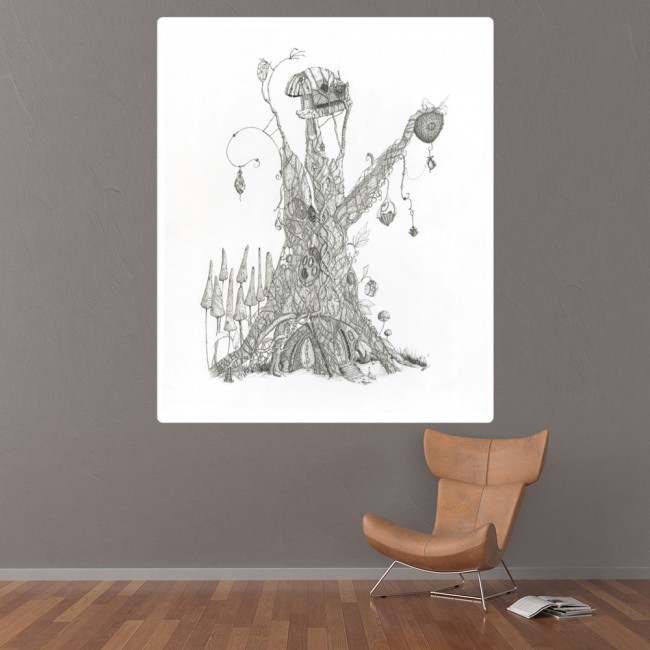
Speaking with Artist, Guy Chapman
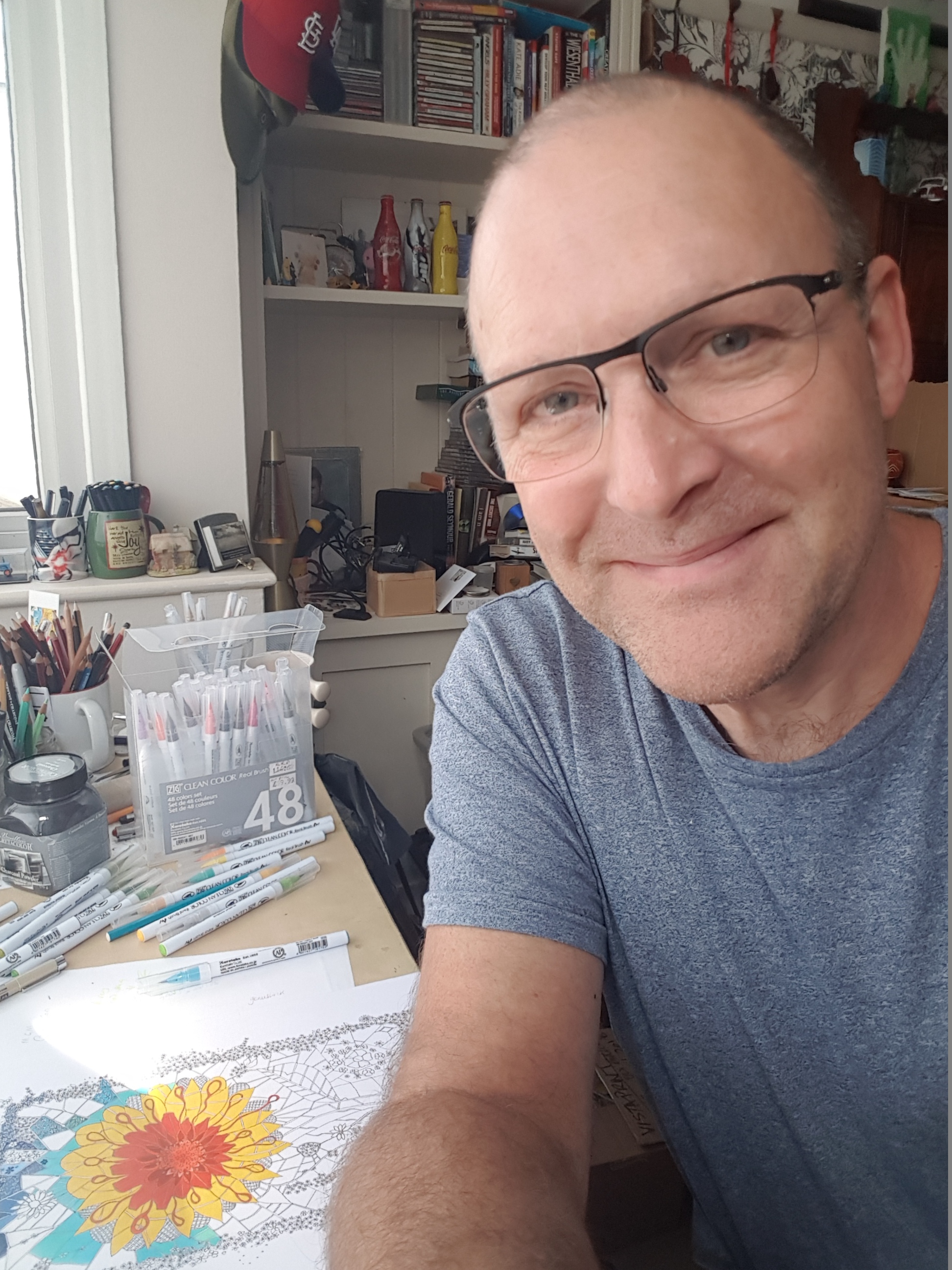
Guy Chapman creates magical art with precision and detail that's second to none. Inspired by trees, nature and fantasy greats, he combines what he sees in the world to create illustration with a unique spin.
In our latest Azutura interview, we spoke to Guy to chat about his creative process, the tools he uses to create his detailed pieces, his journey to becoming a full-time artist and much more.
Hi Guy, thanks for taking the time to speak with us. Can you start off by introducing yourself and telling us a little about your life?
I’ve been a drawer for as long as I can remember. At school, I often had my head in the clouds daydreaming about arty things, something my teachers recorded often in end of term reports! Of course, what they perceived as a lack of attention was missed for what it really was; a very good artistic imagination.
They didn’t seem to latch onto things like that back then though. It was seen as just laziness, which is a shame.
What’s a typical day like in the life of Guy Chapman?
I sit in my small studio and spend all day designing, tracing, colouring and thinking up my next work. I sit in front of a big window that allows in plenty of natural light so I’m good to go, plus I watch the world go by outside through the blind.
It’s very private and sedentary; it’s just me and just how I like it to maximise the artistic mood.
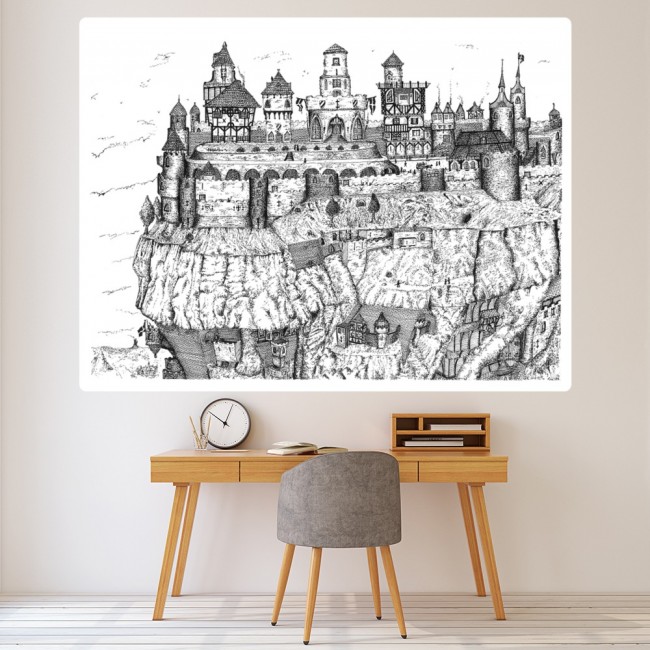
How and when did you first become interested in art?
There has literally never been a time where I haven’t been doodling or drawing, one way or another. I guess I was born with the ability.
Can you tell us about your move to becoming a full-time artist?
In 2016, I was made redundant. However, the redundancy offered me the chance to take a risk at doing art full time and my wife really encouraged me to go for it. She loves my work and was very much in favour of me stepping out and trying it.
Carpe diem is a favourite saying of mine and in this case, it was very apt. So I literally seized the opportunity to do something that I had never been able to do before and have been doing it ever since on a full-time basis.
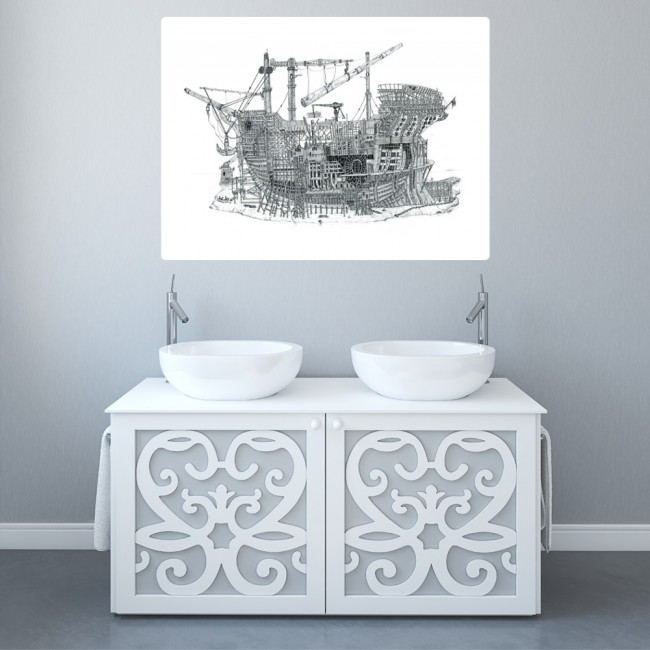
Can you tell us about your creative process from how you come up with an initial idea through to the finished product?
It’s the same really for anything I draw. So, I think of something in its normal state and then use my imagination to alter it into something very different, maybe with different properties or a look, and it goes from there.
For example, I drew an airship made of wood entitled K1. No normal airship is made of wood, and I further made it different by depicting it without the outer skin on so all its inner structure could be seen, and it ended up looking very complex and unlike any airship. I’ve seen before.
You can apply the same process to anything I draw. Take an original “thing” and then add imagination, shake it up and see what comes out the other end!
Do you plan out everything for your designs or make it up as you go along?
No image I draw ends up as I initially intended. It changes constantly during the process. I can plan for the fact it’s going to be a house, or a car, a mushroom or something more obscure, but the resultant effect is a consequence of constant ideas and thoughts which come into my head.
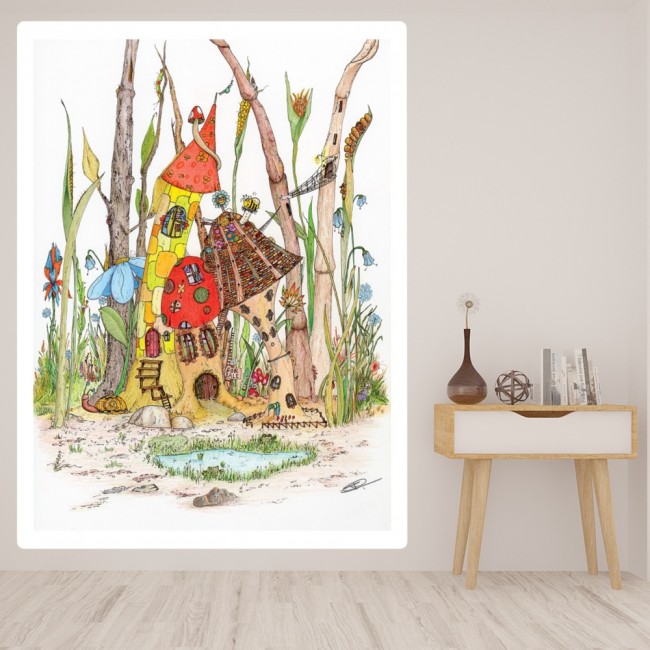
You’ve dubbed your incredible style, “Imaginaria”. Can you tell us about this? How did you come up with and develop such a unique art form?
Well, imagination is an undervalued asset in my opinion. I have self-labelled my work “imaginaria” because I want to get across that this is the product of one person’s imagination, and we all have the imagination to a greater or lesser extent.
I create stories in pictorial form, so not only do I create something out of my imagination, you, the viewer, can use your imagination to interpret the story.
Kids are great at this. I love asking them about a picture; who lives there and so on. They all come up with amazing answers.
I recently self-published what I call a “creative art book” aimed at encouraging people to be inspired to tap into their vast brainpower and see what comes out on paper. Entitled “Use Your Imaginaria!”, I successfully tested it in a local primary school where an entire Year 4 class and I had a creative blast seeing what they could create based on my work.
It’s unintended but very positive side effect is that it has been identified by some SEN teachers as suitable for kids with autism or similar conditions where a very detailed image taps into their minds and can bring some positive results and encouragement.
As for the style itself, I drew a picture one night back in 1992 called Conqueror with a few Rotring pens I had and really liked the result. So I did another, and another, and this style is now what I do, honed and perfected over time. It’s what I have been identified with and I’m very happy with that.
What tools do you use to create your work?
I use very fine-tipped German and Japanese archival ink pens, a few graphite pencils and premium colour pencils from Caran D’Ache. The colour pencils are by far the most expensive, costing several hundreds of pounds for sets but they give consistently good results.
The smallest ink pen tip used is just 0.03mm, which is perfect for tiny detail. The other major tool I use is a good magnifying glass to keep it all together, as well as a couple of daylight bulb lamps.
Top tip - if you want good results, invest in the best equipment you can find.
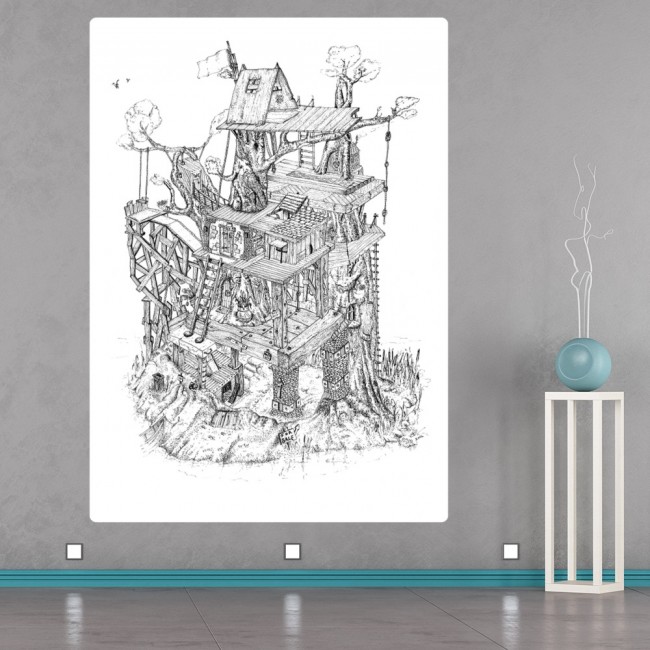
What inspires you as an artist?
I’m inspired to create work based on what I see around me. So much triggers my imagination as I walk about and live life, I have to record it. It goes in and sits in my head then gives rise to ideas, which I sketch out in a little red book. I always look at things with an artistic eye and wonder how it could be done differently.
How long does an average piece take you to complete?
A small piece of work can take as few as five or six hours but most A4 pictures result in around 40 hours of work, if not more, and larger sizes can go up to around 120 hours. I don’t think most people understand how much time is invested in artwork by any artist.
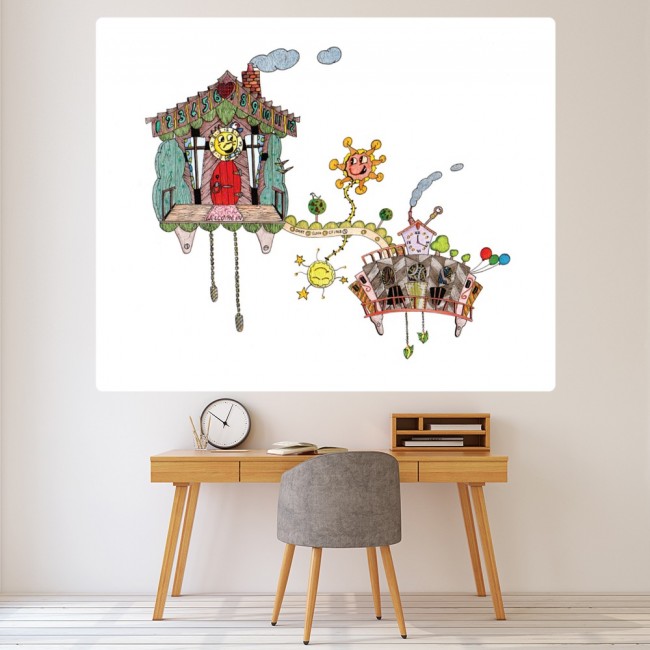
If you weren’t an artist, what career would you have pursued?
I would have loved to have been an RAF pilot. Except I have dyscalculia, which is a bit rubbish for aircrew! I love flying.
My grandfather was a decorated Spitfire pilot, my father was a navigator on C-130s and my uncle was in too. I have it in my blood. My problem with numbers was the big barrier, but that’s okay. I’m good at something else now!
What advice would you give to an aspiring artist?
First, practice, practice, practice. Sounds corny, but it’s true. You really do improve with it and you’ll find your own style and learn to perfect it. A unique style or angle to something will help you stand out. You will make mistakes in your art which you can use to develop new techniques. That has happened to me many times. Mistakes are great so don’t worry about them, they help you get better!
Second, the world is full of dream stealers, you know, people who don’t want you to succeed. Ignore those people. Listen to your own inner voice and pursue your creativity. You’ll get lots of rejections along the way, and it is disheartening, but that’s the normal way of things. One day, you’ll get the break.
Finally, Sir Winston Churchill said in 1941 “never give in, never, never, never, never—in nothing, great or small, large or petty—never give in except to convictions of honour and good sense.” That’s advice worth listening to because being an artist can test your self-esteem, patience and will. So don’t give up. Carry on because you never know when you’re about to make it big.
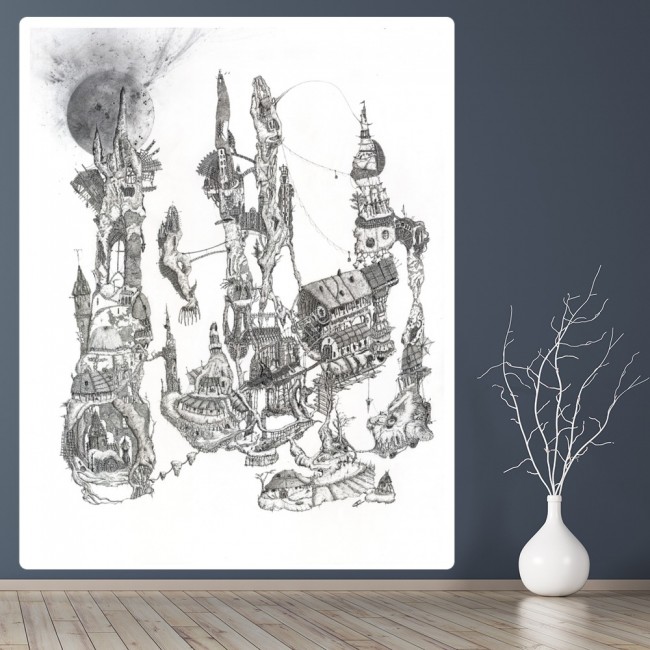
What’s the future looking like? Anything big on the horizon?
I will be exhibiting locally and in London again this year. London is a great place to show work. The opportunities it offers are up there with the best of anywhere, so worth investing the time and money in.
Following some artwork I did last year, I’m also going to be hooking up with the relative of a man of significant historical value but am not at liberty, at the current time, to expand on names, but it’ll be a one-off chance and I’m very fortunate to have it. Who knows what will come of it. That’s the best thing about this fickle business, you never ever know what’s around the corner.
